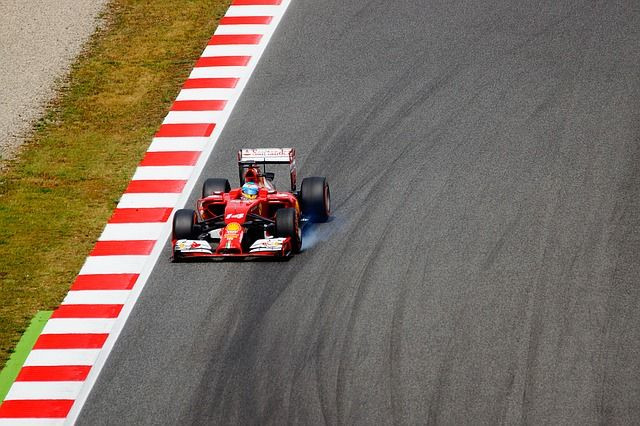Formula 1 Eases Engine Component Regulations For The 2020 Season
KEY POINTS
- Formula 1 will ease engine regulations for 2020
- Chequered flag reinstated to official signal end of races
- More flexibility for drivers in future seasons
Formula 1 had reportedly relaxed its restrictions on the engine regulations for 2020, which means drivers will be at a lower risk of grid penalties.
Drivers have been granted permission to use an extra MGU-K in the next season as they try to cope with the updated race schedule, which has formally been approved by the FIA.
From the time the complex V6 hybrid engines were introduced in 2014, there have been designated limits on the number of individual components within the power units which can be used in a season by one driver.
These limits have gradually become stricter over time to reduce the costs and by preventing the teams from developing upgraded versions of all of the related components.
At first, for a 19-race season, each of the drivers on the grid had the permission to use five of every engine component. That included the power unit, turbocharger, heat, and kinetic energy-based motor generator units, electronics bays, and energy stores.
However, for the recently completed season, the drivers were penalized if they used more than three units of the MGU-H elements.
They were also punished if they used more than two of the MGU-K, energy stores, and control electronics.
The FIA had to ease the restrictions considering the updated calendar, which now features 22 races in a season.
While most teams, including Mercedes, Ferrari, Haas, Racing Point, Williams and Alfa Romeo, only needed two MGU-K engine components on average, Daniil Kvyat for Torro Roso burned through 6 MGU-Ks. His teammate Pierre Gasly used four.
Max Verstappen and Nico Hulkenberg have each used three.
The components which harvest the kinetic energy to be stored in the battery have proven to be an issue, particularly for Renault and Honda considering the number of times their drivers from the teams have had to replace their units.
Amid the main adjustments for 2020, the chequered flag has also been reinstated as an official signal to end races.
It followed confusion at the Japanese Grand Prix when a system error led to the official light panel at the start-finish line showing a chequered flag signal one lap before the accurate end of the race.
Even though the drivers kept going to the end of the race, the result was declared one lap earlier. That could have meant a mix-up of the result to the advantage and detriment of several drivers.

© Copyright IBTimes 2024. All rights reserved.











